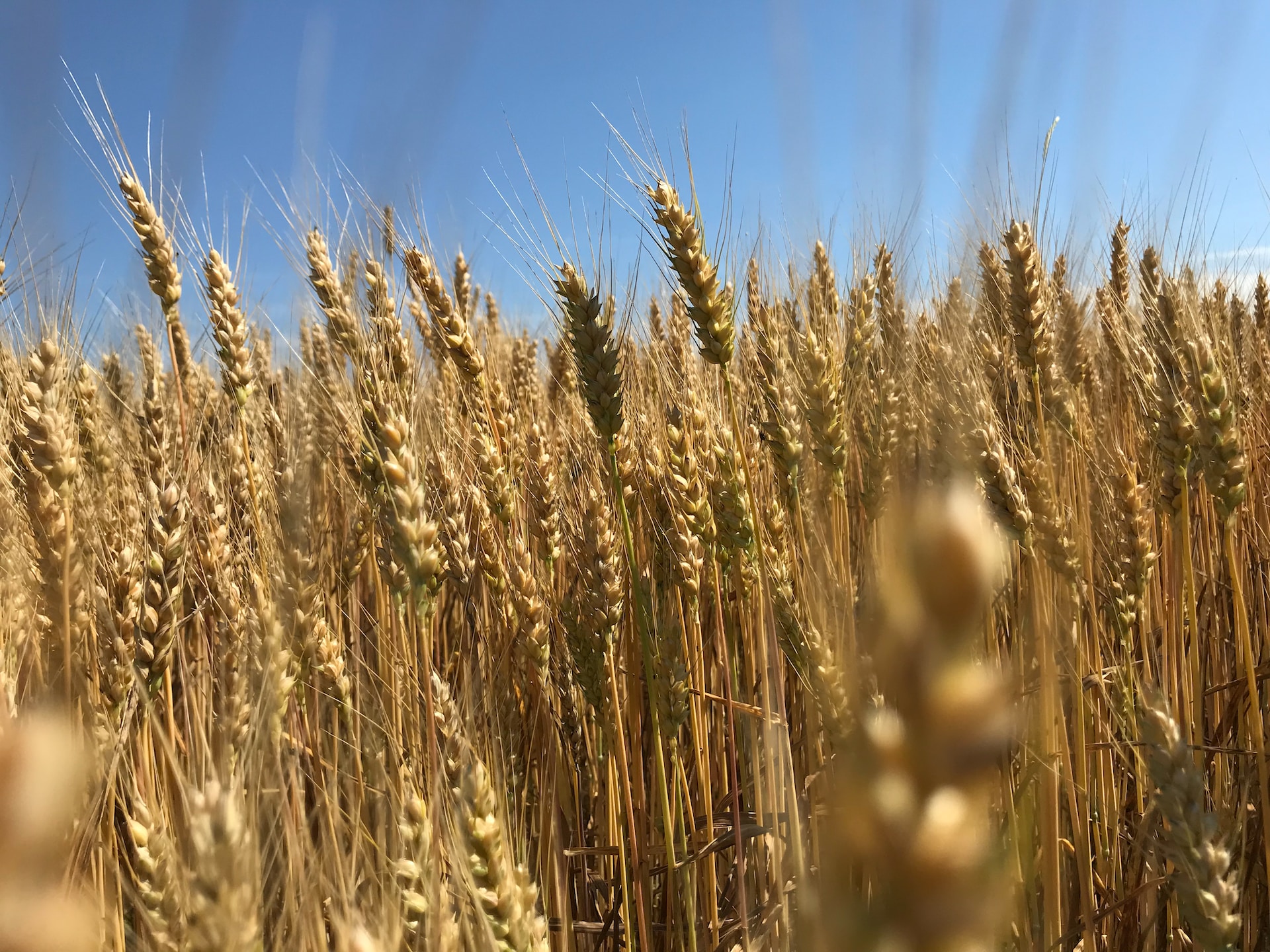Australia’s winter crop production will fall: USDA forecast
El Niño affects winter crops and wheat
The US Department of Agriculture has published a report on global agricultural market developments. According to the report, winter crop production in Australia will fall. Last year’s harvest was a record high for the country. Analysts are also forecasting a drop in wheat production of around 30%. This is due to the effects of El Niño, which has brought severe drought.
Australia is the world’s second-largest exporter of wheat. Asian countries, including China and Japan, are major crop buyers.
Winter crop production is forecast to fall by 34% to almost 45 million tonnes in the 2023-2024 season. This is 3% below the country’s average production over the past 10 years. It has usually been above 46 million tonnes.
The wheat harvest will be 34% lower than in the previous marketing year, at just over 26 million tonnes. Barley production will fall by 30% to around 10 million tonnes and canola by 41% to 5 million tonnes. In contrast to wheat and barley, the canola harvest will be 15% higher than the 10-year average.
Analysts’ assumption
Based on this forecast, the USDA is recommending that large importers find alternative sellers in advance. Although this producer has made large shipments to Asian countries over the past 3 years. The latter may face shortages in the 2023-2024 marketing year. The grain from the Black Sea region, Europe and the US could replace Australian wheat.
Australian meteorologists say there is a high probability of El Niño influence throughout the grain ripening period. This natural phenomenon is usually associated with drought and high temperatures. El Niño also has a negative impact on agricultural activity in Asia. While wheat in Australia will be most affected. Palm oil and rice production in the region will suffer the most.
Australian farmers have slightly reduced the area planted to winter crops this season. However, it is still a record 23 million hectares. Wheat is down by 2% and rape by 11%. At the same time, barley acreage was increased by 4% to around 4 million hectares. This decision was based on the fact that this crop is better adapted to dry weather conditions.
In Australia, overall crop production is expected to fall by 14%. However, it will still be the third largest in the country’s history. Meanwhile, exports are expected to fall by a record 17% to 65 billion in local currency terms.
